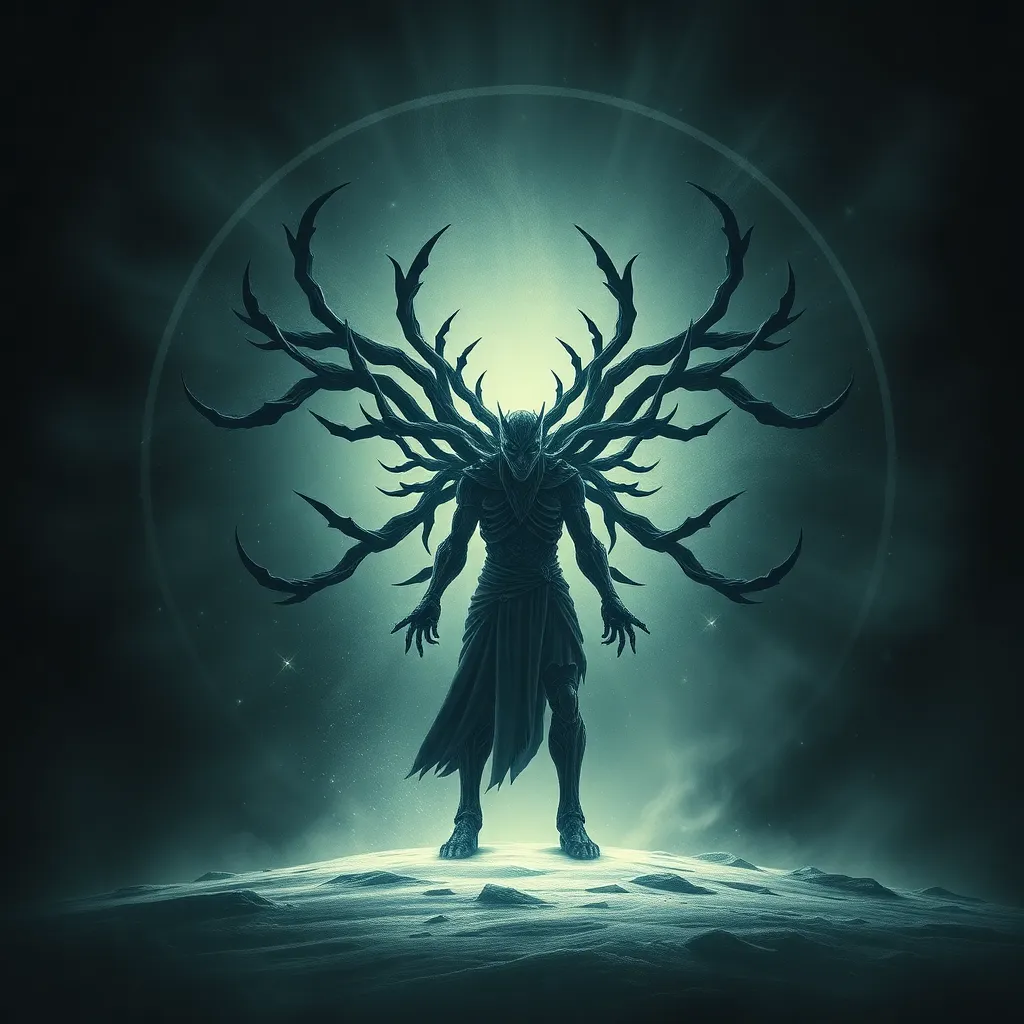The Skinwalker’s Influence: The Role of Shapeshifters in Film, Literature, and Art
I. Introduction
The concept of Skinwalkers, deeply rooted in Native American folklore, represents a complex and significant aspect of cultural identity and belief systems. A Skinwalker is often described as a witch or sorcerer who can transform into any animal they desire, embodying the duality of human and beast. These shapeshifters are not merely figures of horror; they symbolize deeper cultural narratives surrounding transformation, morality, and the connection between humanity and nature.
Shapeshifting themes have permeated various media, including literature, film, and art, often reflecting societal fears and aspirations. This article aims to explore the influence of Skinwalkers and shapeshifting narratives in contemporary culture, examining their origins, representations, and implications across different artistic expressions.
II. Historical Context of Skinwalkers
The mythology of Skinwalkers originates from the Navajo culture, where they are known as ‘yee naaldlooshii,’ meaning ‘with it, he goes on all fours.’ This belief system highlights a profound respect for nature and the consequences of violating societal norms. Unlike traditional shapeshifters, who may embody heroic or benevolent traits, Skinwalkers are often associated with malevolence and the dark uses of power.
Shapeshifting entities exist in many cultures, but Skinwalkers stand out due to their unique characteristics and the moral implications of their transformations. They serve as cautionary tales about the misuse of power and the importance of living in harmony with one’s surroundings.
Folklore plays a vital role in shaping societal beliefs about shapeshifters. Through storytelling, communities pass down warnings and lessons that reflect their values and fears. The Skinwalker narrative serves as a reminder of the potential for evil that exists within, urging individuals to remain vigilant against moral decay.
III. Shapeshifters in Literature
Shapeshifters have long captured the imagination of writers, appearing in various forms throughout literary history. Notable examples include:
- Metamorphosis by Franz Kafka, where the protagonist inexplicably transforms into a giant insect, exploring themes of alienation and identity.
- Dr. Jekyll and Mr. Hyde by Robert Louis Stevenson, presenting the duality of human nature through the transformation of a respectable doctor into a monstrous figure.
- The Little Prince by Antoine de Saint-Exupéry, which features a fox that symbolizes the importance of relationships and understanding through transformation.
Over time, the archetypes of shapeshifters have evolved from malevolent beings to more complex characters that explore themes of identity, morality, and the human condition. The influence of Skinwalker mythology can be seen in modern literary works that delve into the psychological impacts of transformation, often reflecting contemporary societal issues.
IV. The Representation of Shapeshifters in Film
Film has a unique ability to bring shapeshifter narratives to life, with iconic movies that have left a lasting impact on audiences. Notable examples include:
- The Thing (1982) directed by John Carpenter, which portrays an alien shapeshifter that embodies the fears of distrust and paranoia.
- American Werewolf in London (1981), which mixes horror and humor while exploring the tragic consequences of transformation.
- Shape of Water (2017), which reimagines the monster narrative as a love story, highlighting themes of acceptance and otherness.
In horror and fantasy genres, Skinwalkers have often been portrayed as terrifying entities, reinforcing negative stereotypes. This representation can evoke fear and fascination but also misinterprets the cultural significance of these figures. The societal reaction to these narratives often reflects broader anxieties about the unknown and the other.
V. The Influence of Shapeshifters in Visual Art
Shapeshifters have inspired artists for centuries, with historical artwork depicting these figures often laden with symbolism. Traditional Native American art has reflected the themes of transformation and spirituality associated with Skinwalkers. Contemporary artists continue to draw upon these themes, creating works that challenge perceptions and encourage dialogue about identity and cultural heritage.
Notable contemporary artists influenced by Skinwalker mythology include:
- Jaune Quick-to-See Smith, whose work explores Native American identity and cultural narratives.
- Shonto Begay, whose paintings often integrate elements of Navajo mythology and the connection to the land.
The role of visual storytelling is crucial in conveying shapeshifting themes, allowing for a profound exploration of identity, duality, and the human experience through art.
VI. Psychological Interpretations of Shapeshifting
Shapeshifters often symbolize the complexities of personal identity and transformation in psychology. They can represent the struggle between different aspects of the self, reflecting internal conflicts and the desire for change. Shapeshifting narratives can resonate deeply with individuals navigating their identities, particularly in a world that often pressures conformity.
The connection between shapeshifting and the human experience highlights themes of transformation and duality. Skinwalkers, in particular, embody the potential for both creation and destruction, urging audiences to reflect on their own dualities and the moral implications of their choices.
VII. Cultural Appropriation and Representation
The portrayal of Skinwalkers and other Indigenous characters in media raises important questions about cultural appropriation. When filmmakers and authors draw upon these narratives without a deep understanding or respect for their origins, they risk perpetuating stereotypes and misrepresenting Indigenous cultures.
Authentic representation is essential in media, as it fosters understanding and respect for diverse cultures. To engage with Skinwalker mythology responsibly, creators should:
- Consult with Indigenous communities and scholars to ensure accurate representations.
- Avoid sensationalizing or trivializing cultural narratives.
- Highlight the complexity and richness of Indigenous cultures in their stories.
VIII. Conclusion
The influence of Skinwalkers and shapeshifters spans across various mediums, reflecting deep cultural narratives that resonate with contemporary audiences. From literature to film and visual art, these figures challenge us to confront our fears, explore our identities, and understand the complexities of transformation.
As society continues to evolve, the ongoing relevance of shapeshifters in culture serves as a reminder of the importance of understanding and respecting the narratives that shape our world. Embracing these stories with care and sensitivity can lead to a richer appreciation of the diverse experiences that define humanity.



